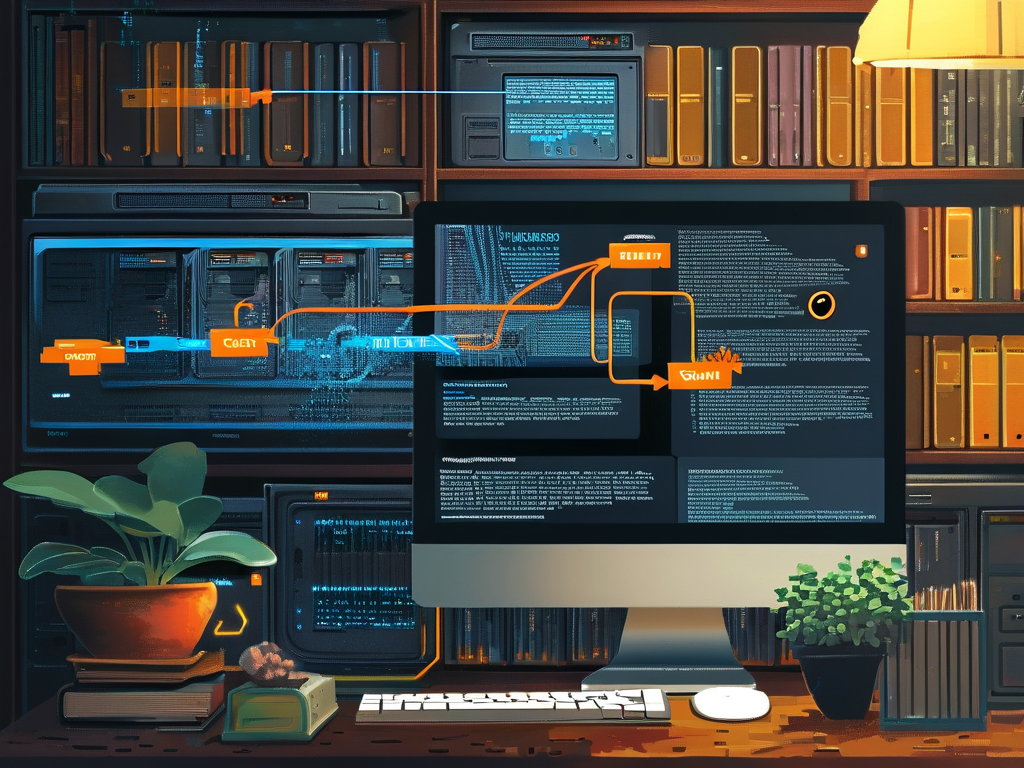In modern computing systems, the movement of data between storage devices and active memory forms the backbone of operational efficiency. This critical procedure, technically termed "data loading," enables computers to access and process information stored in external drives, SSDs, or other non-volatile storage mediums. While the concept seems straightforward, the underlying mechanisms involve intricate hardware-software coordination that ensures seamless performance across applications.
At its core, data loading refers to transferring files or program instructions from secondary storage (like hard disks) to primary memory (RAM) for immediate CPU access. When a user launches an application, the operating system initiates this process by locating the required executable files on the storage device. A dedicated memory controller then allocates RAM space while coordinating with Direct Memory Access (DMA) channels to bypass CPU involvement during bulk transfers, significantly accelerating the operation. Modern systems employ advanced caching algorithms to predict and pre-load frequently used data, reducing perceived latency.

The architecture supporting this process has evolved dramatically since early computing eras. Early systems relied on manual paper tape inputs, while today’s NVMe drives achieve transfer speeds exceeding 3,500 MB/s through PCIe interfaces. File system structures like NTFS or ext4 organize data into manageable blocks, with metadata guiding the loading sequence. During execution, memory management units (MMUs) map virtual addresses to physical RAM locations, creating an abstraction layer that simplifies software development.

Challenges persist in optimizing this critical pathway. Volatile memory constraints require intelligent prioritization—for instance, gaming systems employ texture streaming to load high-resolution assets dynamically rather than occupying RAM upfront. Solid-state drives mitigate mechanical delays inherent in traditional HDDs, but their finite write cycles necessitate wear-leveling algorithms. Meanwhile, emerging technologies like CXL (Compute Express Link) promise to redefine memory hierarchies by enabling shared access pools across devices.
Developers leverage specific commands to control data flows programmatically. In C++, the fread() function exemplifies low-level file-to-memory operations:
FILE *file = fopen("data.bin", "rb");
char buffer[1024];
size_t bytes_read = fread(buffer, 1, sizeof(buffer), file);
This code snippet demonstrates allocating a memory buffer and loading 1KB of data from a binary file—a fundamental pattern seen in everything from text editors loading documents to operating systems booting kernels.
Security considerations add complexity to the process. Malware often exploits buffer overflow vulnerabilities during data loading phases, prompting modern compilers to implement stack canaries and address space layout randomization (ASLR). Encryption protocols like BitLocker or FileVault introduce additional processing layers, decrypting data on-the-fly as it enters memory while maintaining encrypted storage states.
The future of data loading points toward increasingly blurred storage-memory boundaries. Storage-class memory (SCM) technologies such as Intel’s Optane Persistent Memory challenge traditional hierarchies by offering byte-addressable non-volatile memory. Cloud computing further transforms paradigms through distributed loading strategies, where edge nodes cache frequently accessed data closer to users. As quantum computing advances, revolutionary data transfer methods may emerge, potentially rendering current architectures obsolete.
Understanding this fundamental process reveals why upgrading storage and memory components dramatically impacts system performance. Whether optimizing a database server or building a gaming PC, the efficiency of data loading operations directly determines responsiveness and throughput—a testament to its pivotal role in computational workflows.

